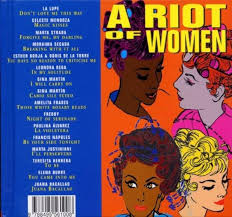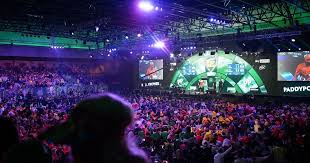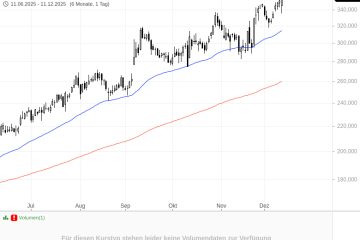The Role of Women in Riots: Empowerment and Change

Introduction
The topic of ‘riot women’ highlights the critical and often overlooked role that women play in social unrest and protests around the world. Historically, women have been at the forefront of many movements advocating for change, seeking justice, and fighting against oppression. Understanding their contributions and experiences is essential for recognising the full narrative of societal upheaval and transformation.
Women in Historical Riots
Throughout history, women have been pivotal in various riots and protests. For instance, during the suffrage movement in the early 20th century, women across the United Kingdom organised marches, rallies, and, at times, civil disobedience to demand their right to vote. Key figures such as Emmeline Pankhurst mobilised thousands of women, showing that their voices were crucial for political change.
More recently, events like the Women’s March, which followed the inauguration of Donald Trump in 2017, witnessed millions of women and allies taking to the streets globally to protest against inequality, sexism, and racism. This exhibit not only the solidarity amongst women but also a broader societal engagement with and acknowledgement of women’s rights.
Current Events and Movements
As of 2023, women continue to play a significant role in protests worldwide. For example, in Iran, women have been at the forefront of the fight against state-imposed hijab laws following the death of Mahsa Amini in 2022, leading to widespread protests dubbed the ‘Women, Life, Freedom’ movement. This uprising not only underscores women’s resilience but also highlights their centrality in fighting for human rights, drawing international attention to the injustices faced in authoritarian regimes.
Additionally, the ongoing Black Lives Matter movement sees women actively participating in leadership roles, advocating for systemic change regarding race and policing. The stories and perspectives of women involved in these movements are not only important for their representation but also illustrate how diverse and intersectional society’s struggles for rights can be.
Conclusion
The significance of ‘riot women’ extends beyond the act of protest; it encapsulates the fight for social justice, equality, and human rights. As women continue to assert their agency in times of conflict and dissent, it is essential for society to recognise their contributions, ensuring that women’s voices are incorporated in the broader historical narrative and future movements for change. Looking ahead, the active involvement of women across various causes suggests an ongoing trend towards inclusivity in activism, shaping more equitable social landscapes.








